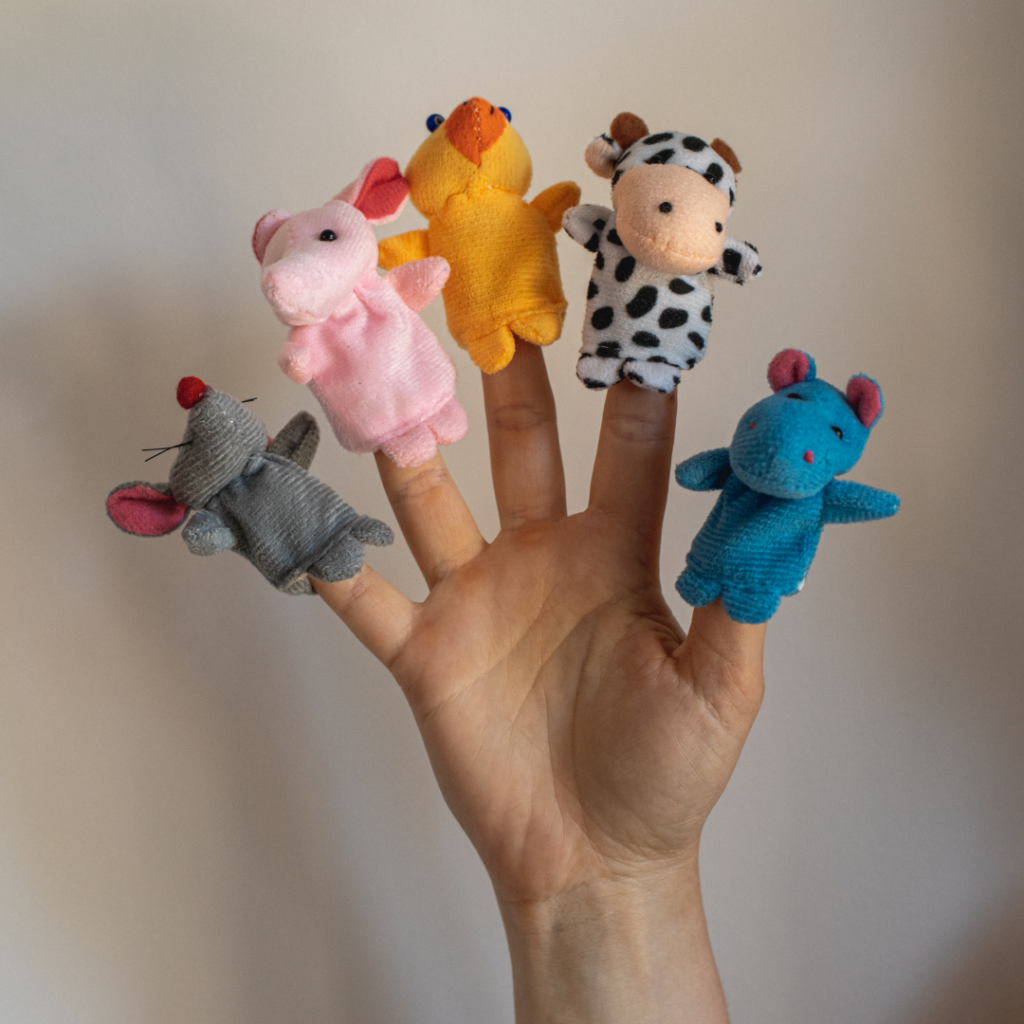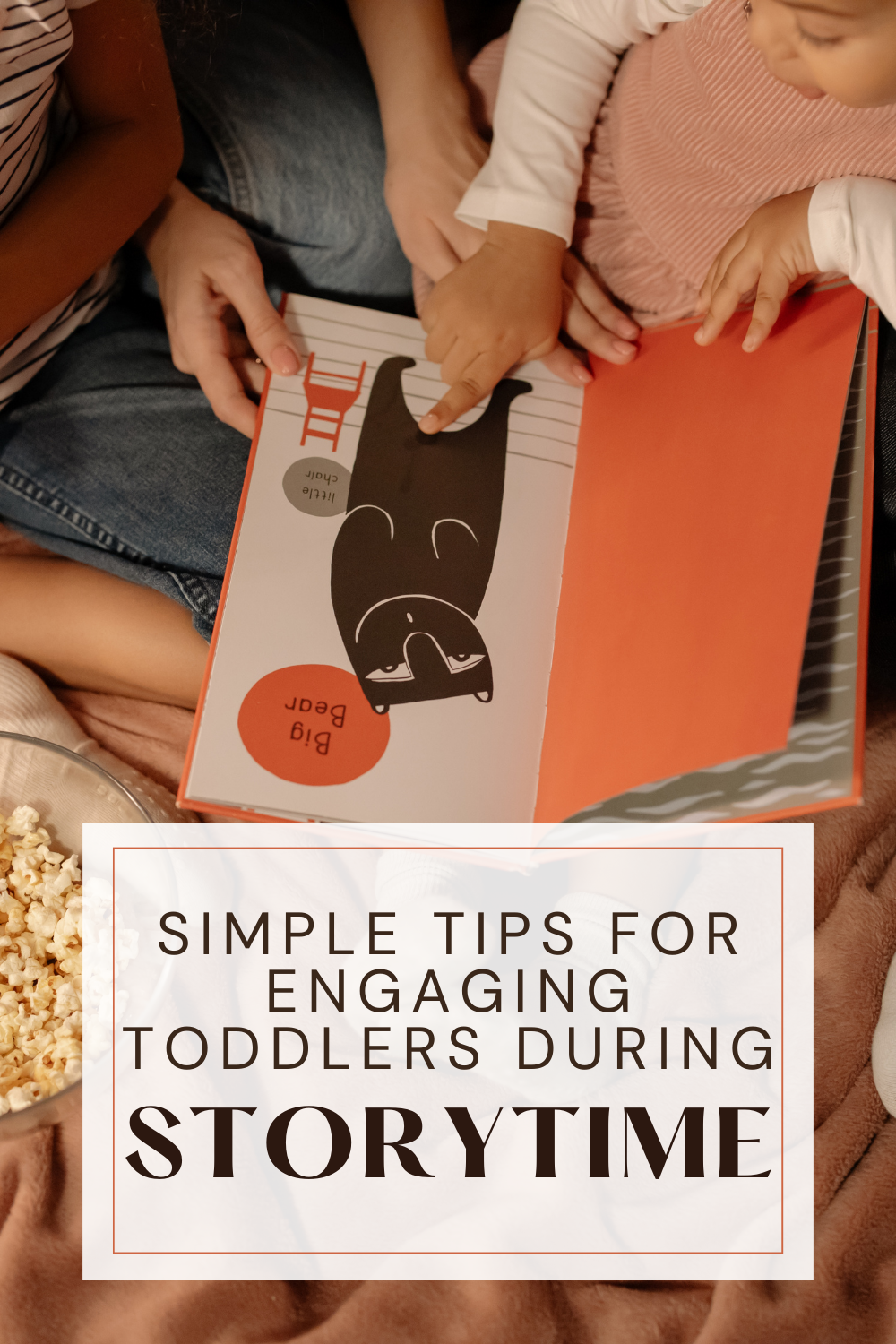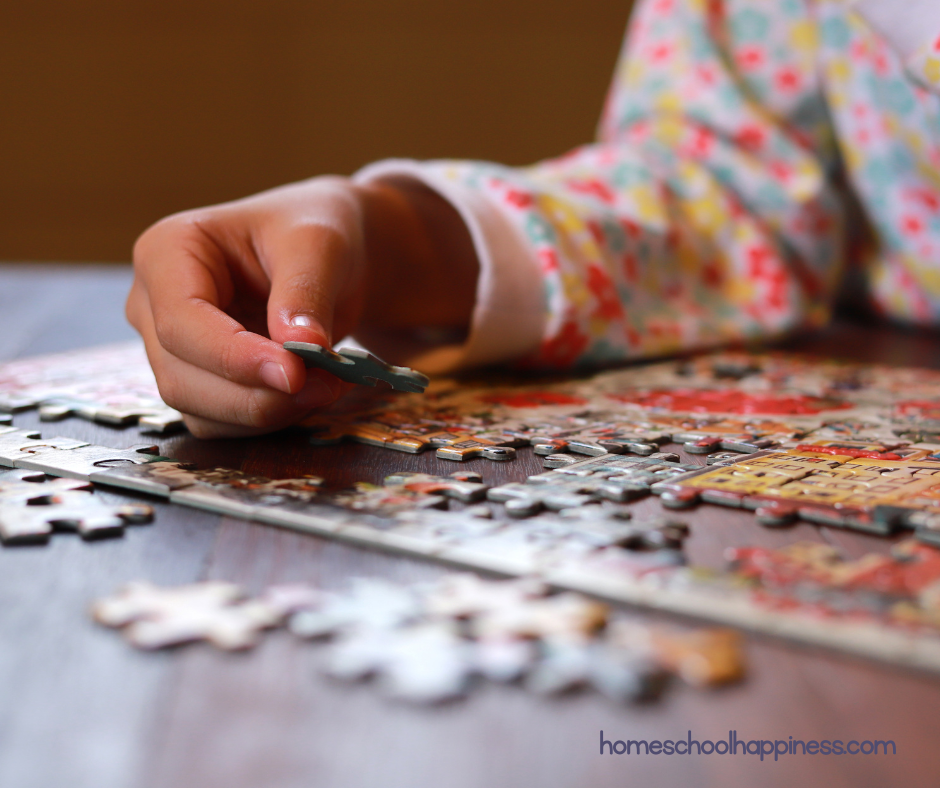Engage Your Toddler During Storytime
Are you struggling to engage your toddler during storytime? Does the phrase ‘once upon a time’ seem to bounce off their ears, leaving you feeling more like a failed stand-up comic than a parent? If so, you’re not alone.
Storytime is a pivotal part of your toddler’s development and is an excellent tool for homeschooling, but keeping a toddler’s attention can be a Herculean task.
This blog post aims to flip the script on traditional storytime strategies, offering you effective and practical homeschool tips.
We’ll explore why storytime is so essential for your little one’s growth, the deep connection between storytime and homeschooling, and how to turn storytime into a joy-filled experience for both of you.

The Importance of Engaging Your Toddler During Storytime
Engaging your toddler during storytime holds significant importance for their cognition, creativity, and language skills.
The first major benefit of storytime lies in its potential to foster cognitive development. As your child listens to stories, they are actively learning to process information, follow narratives, and understand cause and effect – keystones in cognitive development.
Storytime also plays a crucial role in enhancing your toddler’s creativity and imagination. As they immerse themselves in the world of the story, they learn to visualize the characters and settings, fostering their imaginative abilities and encouraging creative thinking.
Last, but certainly not least, storytime is a powerful tool for building language skills. It introduces your toddler to new words, ways of using language, and the rhythms and sounds of speech. This exposure can substantially improve their vocabulary, comprehension, and even their speaking skills, laying the groundwork for future communication abilities.
In conclusion, engaging your toddler during storytime is not just about sharing a story – it’s about laying the foundation for their cognitive, creative, and linguistic growth.
Bring Storytime to Life: Engaging Your Toddler
Introducing fun and creative methods can significantly enhance your child’s storytime experience. Let’s delve into the strategies mentioned above to see how they can transform storytime into an interactive journey for your toddler.
Using Interactive Books
Interactive books are a fantastic way to captivate your little one’s attention. These books come with elements such as flaps to lift, textures to feel, or even buttons to press to create sounds. Such engaging features make the story more tactile and experiential, ensuring that your toddler feels more involved in the storytelling process.
Incorporating Props or Puppets
Props or puppets can bring your story to life in the most delightful way. You could use common household items, or plush toys, as props to represent the characters in the story. Similarly, using puppets can make the story more dynamic and visually appealing. This method allows your toddler to relate better to the characters, making the story more memorable for them.
Changing Your Voice for Different Characters
Altering your voice to represent different characters can be a fun and surprising element for your toddler. It can make the story more intriguing and can also help your child understand the concept of characters better. Don’t be afraid to go overboard – the more dramatic, the better!
Using Dramatic Expressions
Storytime is all about performance. Use facial expressions and actions to demonstrate the emotions and actions of the characters. Mimic the characters’ actions or emotions to make the story more engaging. Seeing you act out the story will not only entertain your toddler, but it will also encourage them to participate and do the same.

Addressing Challenges that Might Arise
Despite your best efforts, you might encounter some hurdles during storytime. But don’t be disheartened; these are common issues that many parents face. In this section, we’ll identify some of these challenges and discuss practical solutions to tackle them effectively, ensuring that storytime remains a positive and enriching experience for your toddler.
Dealing with a Lack of Interest or Short Attention Spans
If your toddler shows a lack of interest or has a short attention span during storytime, don’t fret. This is common and can be addressed by scheduling storytime when they’re not too tired, distracted or hungry. Keep the sessions short, fun, and interactive. It’s also essential to choose stories that match their interests. If your toddler loves animals, for instance, read stories about animals. Let them choose the book sometimes – this way, they’ll look forward to the story.
Finding Age-Appropriate and Educationally Valuable Stories
Finding the right balance between enjoyable and educationally valuable stories can be a challenge. Look for books for toddlers that are age-appropriate and contain clear, simple language along with vibrant illustrations. Books that teach moral values or life lessons are a bonus. Websites like Scholastic or Amazon offer age-sorted book options. Additionally, librarians or child educators can provide valuable recommendations.
Balancing Storytime with Other Learning Activities
Storytime should be a part of your toddler’s daily routine, but it’s equally important to balance it with other learning activities such as painting, singing, dancing, or outdoor play. These activities, along with storytime, will provide a holistic learning experience for your toddler, stimulating their cognitive, linguistic, creative, and physical development. Remember, the key is not to overburden them with activities but to ensure they enjoy the learning process.

In conclusion, while storytime can come with its set of challenges, it remains an integral part of your toddler’s developmental journey. Whether it’s dealing with a lack of interest, finding suitable and educative stories, or balancing it with other activities, the solutions are often straightforward and manageable.
Remember, the ultimate goal of storytime is to provide an enjoyable and enriching learning experience for your child. By making storytime interactive and engaging, as well as addressing any potential hurdles proactively, you’re not only nurturing a love for reading in your toddler, but also developing their cognitive, creative, and linguistic skills.
Now, with these strategies and solutions at hand, you’re all set to transform storytime into a cherished routine for both you and your toddler!







One Comment